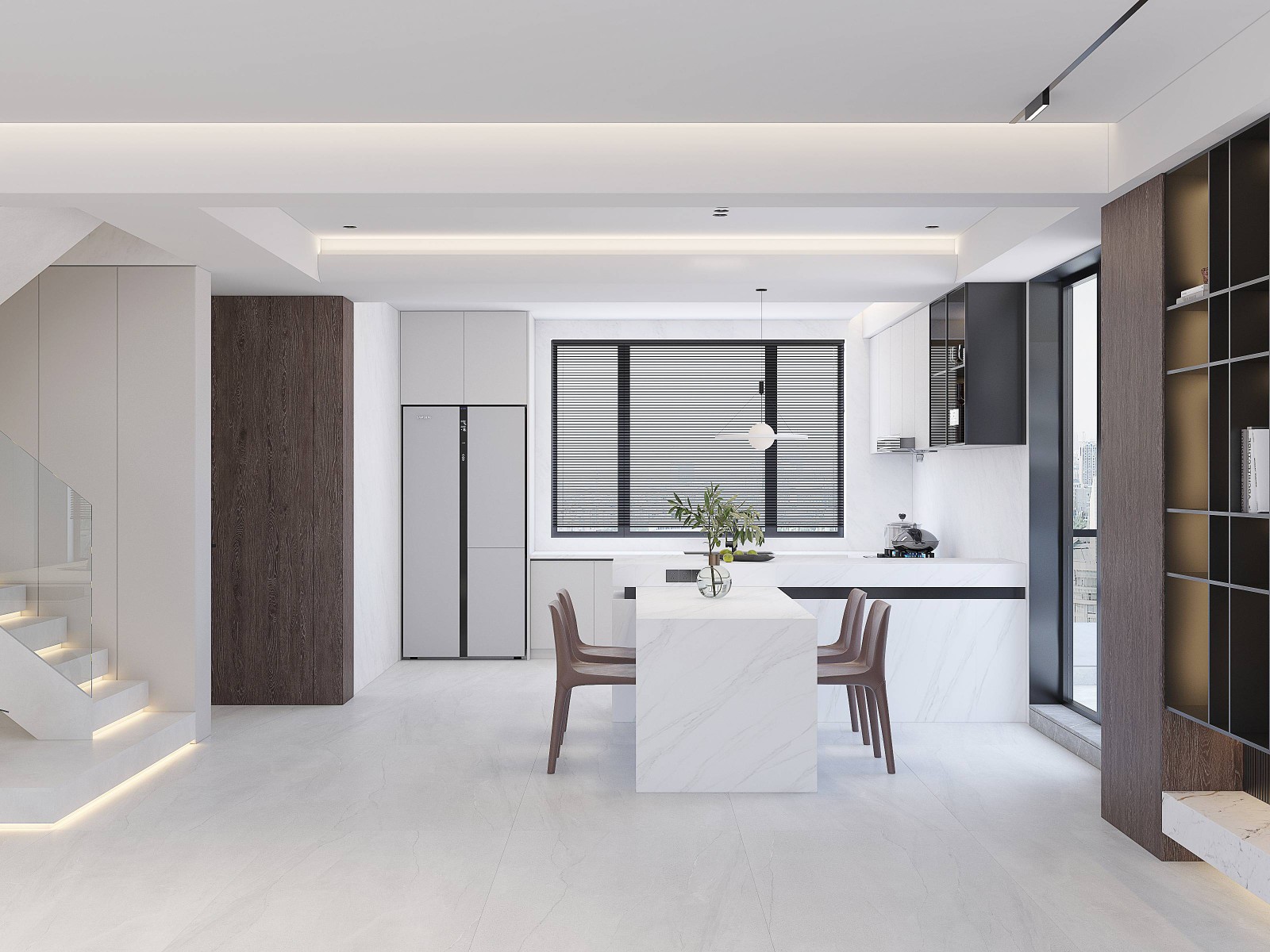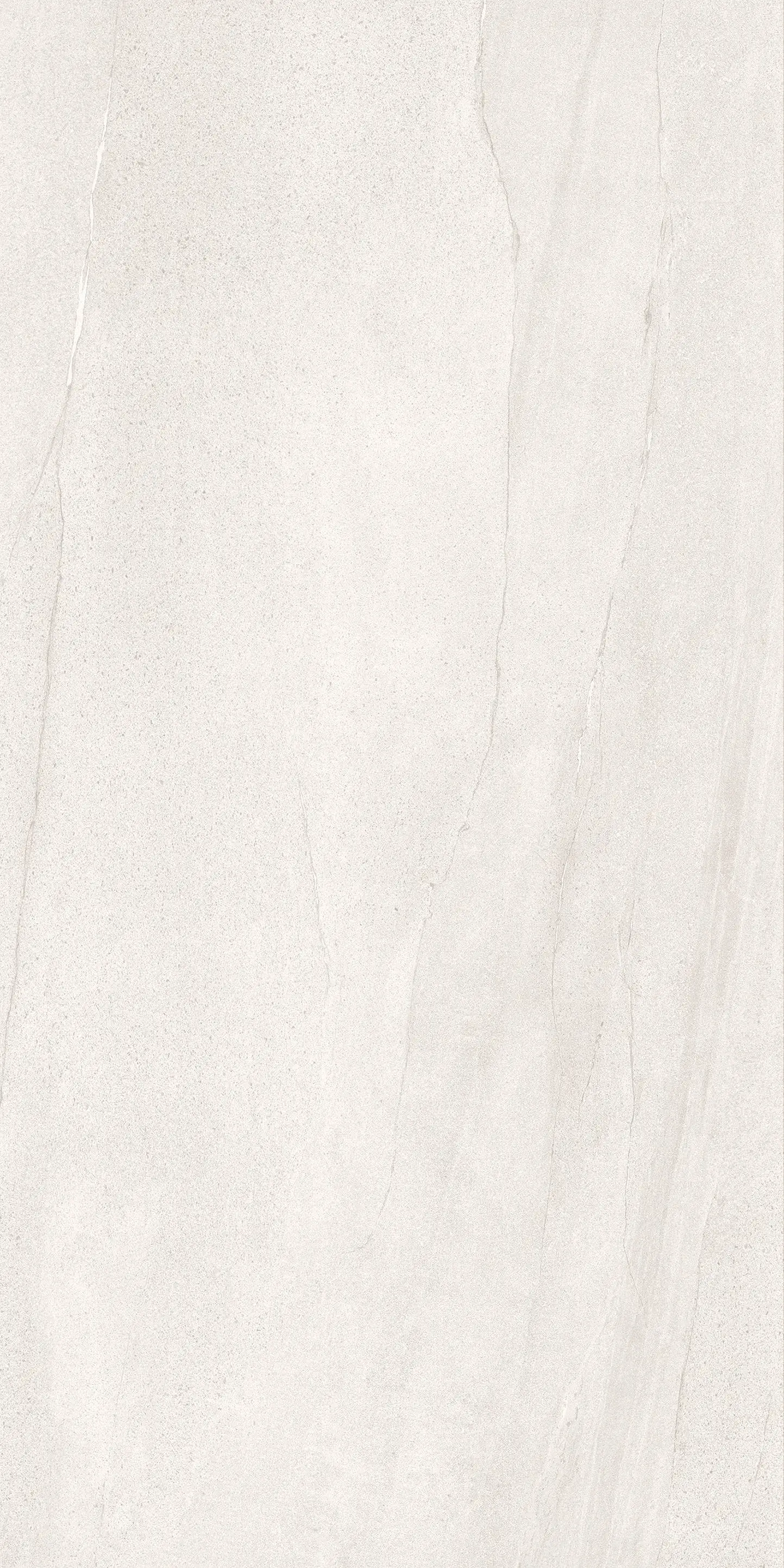In modern home renovations and commercial space design, the choice of flooring material significantly impacts overall aesthetics, durability, and maintenance. Sintered stone slab, due to its high strength, wear resistance, and rich texture, is increasingly favored by consumers.
However, with the proliferation of imitation and low-end products on the market, it can be difficult for ordinary consumers to distinguish genuine sintered stone slab.
This article, titled "How to Identify Sintered Stone Slab?", will provide a detailed analysis of various aspects, including material properties, production process, appearance characteristics, feel and weight, testing methods, common misconceptions, and purchasing tips, to help consumers make informed decisions.

What is sintered stone slab?
Sintered stone slab is a high-end flooring material made from natural minerals through high-temperature sintering (typically exceeding 1200°C) and high-pressure pressing. It features a dense internal structure, rich surface patterns and colors, and a transparent texture that resists wear and loss even after prolonged use. Sintered stone slab combines the texture of natural stone with the stability of industrial materials, making it widely used in high-end home decor, public spaces, and commercial spaces.
Key Features of Sintered Stone Slab
• High Hardness: Mohs hardness is generally above 6, with excellent compressive and abrasion resistance.
• High-Temperature and Corrosion Resistance: High-temperature sintering makes it resistant to high temperatures, acids, and alkalis.
• Low Water Absorption: With near-zero water absorption, it is impervious to liquids and oil stains, making it easy to clean.
• Natural and Customizable Texture: Marble, wood, metallic, and cement textures can be achieved.
• Long Lifespan: It will last for decades without fading, cracking, or deformation.
Understanding the characteristics of sintered stone slab is essential for distinguishing authenticity.

What distinguishes sintered stone slab from other flooring materials?
To identify authentic sintered stone slab, you first need to understand how it differs from other common flooring materials.
• Ceramic flooring: While its surface is hard, ceramic floors often have a hollow or low-density structure, resulting in a lightweight design. Their wear resistance and transparent pattern are inferior to those of sintered stone slabs.
• Laminate flooring: Its surface layer consists of a thin, wood- or stone-grained film with limited wear resistance. It is easily scratched and susceptible to moisture expansion, and lacks the long-term stability of sintered stone slabs.
• Natural stone flooring: While durable, materials like granite or marble suffer from uncontrollable grain, excessive weight, and high price. Sintered stone slabs, on the other hand, can be mass-produced and have a controllable grain.
Through these comparisons, we can initially determine whether a flooring sold on the market is likely sintered stone slab.

What are the characteristics of the sintered stone slab production process?
1. Sintering Process
Sintered stone slabs are made from a mixture of natural minerals, then sintered at high temperatures and pressed under high pressure to form the slabs:
• High-temperature sintering: Temperatures typically exceed 1200°C, fusing the mineral particles together to form a dense structure.
• High-pressure pressing: Pressure can reach thousands of tons, ensuring the slab is flat, dense, and wear-resistant.
• Translucent pattern: The texture runs through the thickness of the slab, maintaining its integrity even with slight surface wear, distinguishing it from imitations with decals.
2. Surface treatment
• Polished or matte finish: Glossy or matte finishes are available depending on design requirements.
• Anti-slip or textured engraving: Some floors may have leather grain or frosted finishes to enhance their anti-slip properties.
To identify sintered stone slabs, observe whether the surface texture runs through the thickness of the slab; this is a key indicator of authenticity.
How to identify sintered stone slabs by appearance?
1. Texture characteristics
• Translucent texture: The texture of a genuine sintered stone slab extends deep into the slab and will not disappear due to cutting or wear.
• Natural texture: Floors with overly regular or repetitive textures are likely decals or inkjet imitations.
• Uniform Color: Sintered stone slabs are color-matched through a blend of minerals, resulting in a natural, soft overall color, rather than a monotonous or overly bright finish.
2. Gloss
• The surface gloss of a sintered stone slab is uniform, with a natural, soft reflection, rather than the sheen of plastic or mirror film.
3. Edge Treatment
• Authentic sintered stone slabs have clean, finely cut edges, free of burrs or sanding.
• Imitations may have uneven edges and are prone to chipping or peeling.
How to identify sintered stone slabs by touch and weight?
• Feel: Sintered stone slabs feel firm and smooth, with a stable texture.
• Weight: Sintered stone slabs have a high density and are noticeably heavier than ceramic or laminate flooring when carried or transported.
• Warmth/Coolness: They have the cool feel of natural stone, while imitations or composite flooring may feel warm or light.
These physical properties are very intuitive during actual purchases and can help consumers distinguish authenticity.
How can you determine if a sintered stone slab is genuine?
1. Water Absorption Test
Sintered stone slab has a near-zero water absorption rate. Drop a few drops of water on the floor surface and observe after 10 minutes to see if it seeps through.
• If water seeps through, it's likely not a sintered stone slab.
• If the water droplets remain intact, it's likely a genuine sintered stone slab.
2. Hardness Test
• Gently scratch an inconspicuous area with a hard object (such as a key).
• If no marks remain, it indicates high hardness, consistent with the characteristics of a sintered stone slab.
• Minor scratches indicate it may be an imitation material or a low-end ceramic floor.
3. Observe through light or a cross-section
• Sintered stone slabs have a texture that shows through the entire surface, while the texture on the cross-section or edges is consistent with the surface.
• Imitation flooring may only have printing on the surface, with no texture on the cross-section.

Common Misconceptions and Identification Traps
• Judging Only by Surface Texture: Many imitations use inkjet or film to mimic sintered stone slabs, but the surface gloss and texture are not transparent.
• Judging Based on Price: Low-priced flooring may be marketed as sintered stone, but the material is actually low-end.
• Misjudging by Touch: Some high-density ceramic or composite materials may feel hard, but their internal structure is not dense, resulting in far lower wear resistance and lifespan than sintered stone slabs.
To correctly identify a sintered stone slab, consider multiple indicators, including texture, thickness, weight, hardness, and water absorption.
Professional Tips for Purchasing Sintered Stone Slabs
• Choose a reputable brand: Reputable manufacturers will have material testing reports and quality certifications.
• Request to See the Test Report: This will reveal professional indicators such as water absorption, hardness, and wear resistance.
• Inspect the sample in person: Touch, tap, and observe the cross-section to understand the floor's true texture.
• Focus on Transparent Texture: Ensure the texture runs through the thickness of the slab, not just surface decoration.
• Compare weight and feel: A high-density, heavy, hard, and smooth floor is more likely to be a genuine sintered stone slab.
How does WOWSLAB ensure high-quality standards?
WOWSLAB combines advanced manufacturing processes, premium raw materials, and professional expertise to produce marble and sintered stone slabs with superior durability and aesthetic appeal.
Our Chinese factory supports wholesale and customized orders with competitive pricing, discounts, and promotional offers. Buyers receive comprehensive support from our 30+ skilled staff, including design advice, project guidance, and installation assistance.


